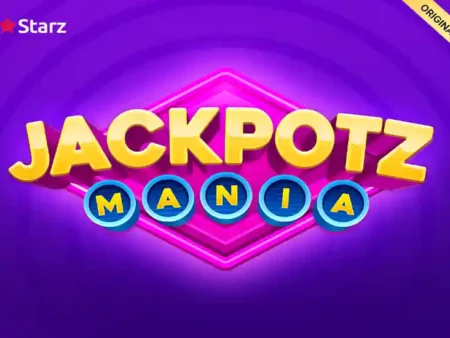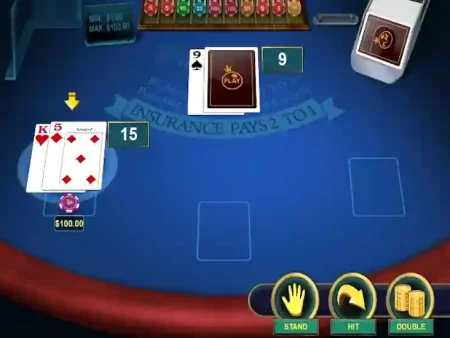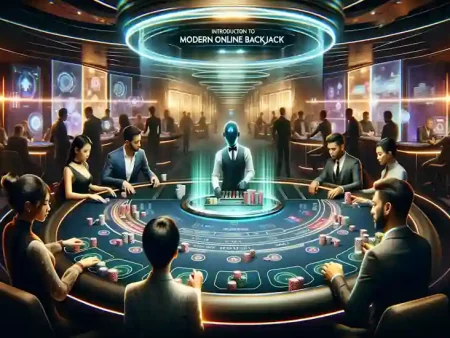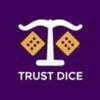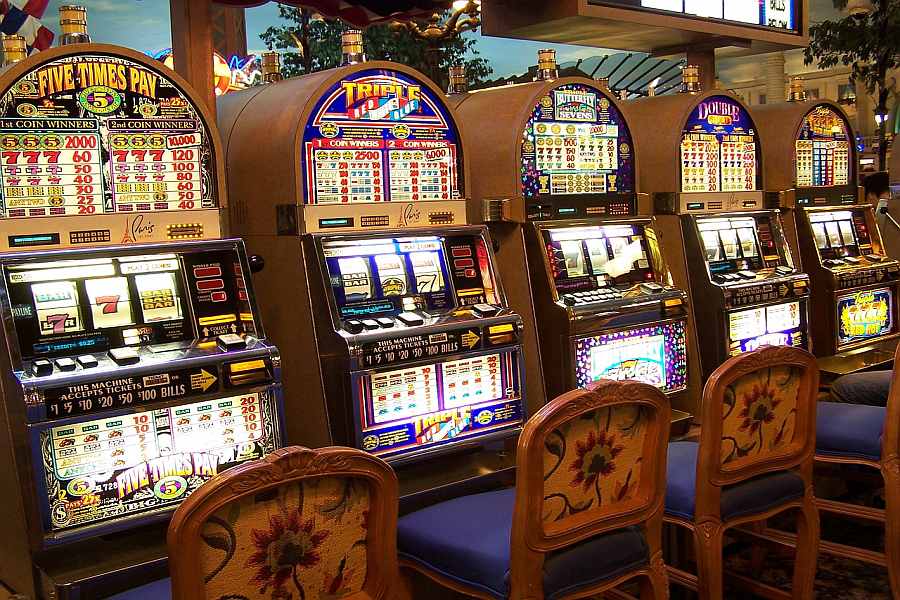
Slot machines, the easiest gambling mechanism to play with at any casino, are the most common and popular casino games in the world. Although they may vary in names and forms around many countries slot machines have always been a channel of fun and entertainment for people throughout the years. From the old coins slots (dating back from the late 1800s and popularized all over the 1900s) to the modernized millennial token-transacted slot machines, these mechanisms are quite fascinating.
While these machines appear typical and easy to manipulate, many still wonder how slot machines and coin slots work from the inside. Sure, you know how the reels start spinning vertically once you pull the lever after dropping the coin in, but how about what happens after that? Being the lively boxes that they are, you will be surprised to know that these machines use complex engineering and programming within their circuits.
The algorithm and random number generation
So basically, once you drop your coin or token into the slot, the reels will start moving rapidly with each reel spinning in either a different vertical direction or at a different speed. Now, the symbols and images attached to the spinning reels (called stops) will create a random set of combinations when it reaches a halt. The combination of the stops created after it spins decides whether or not you get to win or lose money on the game.
If you ever wondered how slot machines and coin slots work from the inside, you might get disappointed to know that it’s merely an arbitrary game. It uses a brilliant algorithm called a random number generator that produces a series of unregulated combinations of numbers (and/or symbols, in the case of slot machines). This random number generation (RNG) algorithm is what makes slot machines a game of chance. Some popular gambling games which also use a similar type of RNG algorithm are the famous roulette wheel, dice games, and the legendary deck of cards. However, unlike those mentioned above, slot machines are highly unpredictable so you can’t really win your way with it using cheats or hustles.
The evolution of slot machines
During its early innovations, a slot machine was a big box of manually driven coin-operated mechanism which had a handle near the coin slot serving as the lever to trigger its operation. It usually has three sets of reels with different images and symbols on each stop. Suppose a slot machine contains three reels with 10 stops each, with an equally distributed chance of landing each corresponding stop; your chances of winning any given combination stands at 1/10 x 1/10 x 1/10 = 1/1,000 (or, once every 1,000 spins). That’s pretty thin, right?
Furthermore, over the years of constant improvisation along with the rise of computers, slot machines have evolved dramatically. The literally enormous reels have been replaced with electronically programmed imagery that now functions as virtual reels. With that kind of revolution (and using a computer weighting system) the probability of winning this game skyrockets from 1/1,000 to 1/1,000,000 (or, at one winning combination every one million spins). The odds are never going to be in your favor unless you’re a really lucky hand.
Why they are so popular worldwide?
The general principle of how slot machines and coin slots work is rather simple: drop a coin/token, wait for the reels to stop, and then, win the big pot money or lose the coin you dropped. It’s easy, enthralling, and fun. If you’re inside the casino, surely you’re not the only one who has got to drop a token in the slot. And since it’s a game of chance, you’ll never really know if you’re the next lucky winner after hundreds and thousands of spins accumulated from other previous players.
Another thing about slot machines is that you don’t have to create any strategic approach in order to win any money (unlike poker and card games, in general). It’s practically a kind of game that even five-year-olds can play with no sweat.
Is Playing Slot machines a good investment?
Who knows, it’s a game of chance, after all, so you might get lucky after 10 spins, right? If that’s the case, then you might as well try. But if you plan on sitting there all day hoping to get the big pot, that might a big no for you. There are at least three factors why not:
1. Chances of winning are little to none. The odds of winning are pretty tight for you to spend all your money on a single machine. You’ll end up consuming the extra spins while thinning your coins stack without any guarantee of a payback.
2. The payback percentage is unknown to players. A payback percentage is a mathematical term coined that predicts how much money the machine will pay back over an absolute amount of spins generated. If the programming stands at a 97% payback rate, the machine will give $3 out of every $100 equivalent of money dropped in the slot. If all of that $100 comes from your pocket, how much do you think will you make after 50 to 100 spins?
3. The owners always have the edge. You’re not the only one who has the chance of winning in one particular slot machine (not to mention the odds of taking home the big prize are honestly minuscule). Suppose at least five players spend $100 each on the machine and each takes home a $3 payout. That leaves $485 in the machine (from five different players) for the owner to collect at the end of the day.
Conclusion
Slot machines are fun to play whether the stakes are low or high. It gives you a thrilling feeling and it only takes a penny to operate. If you get lucky enough, you might win the jackpot prize. If not, you can always get another chance at it anytime. Slot machines and coin slots have come a long way over the years of providing entertainment and fortune to casino players worldwide; but, more importantly, a stable income-generating goldmine for casino owners.
